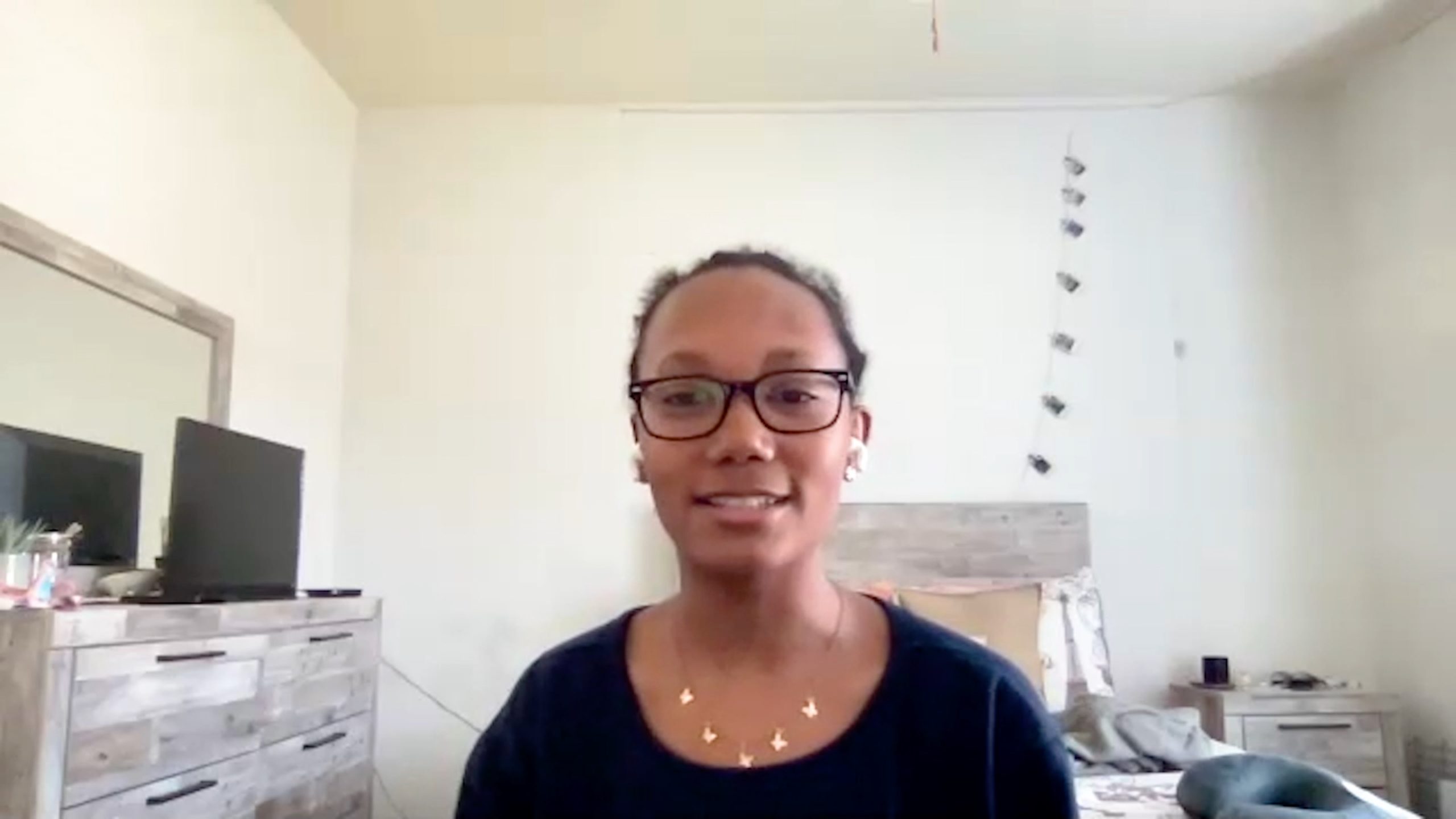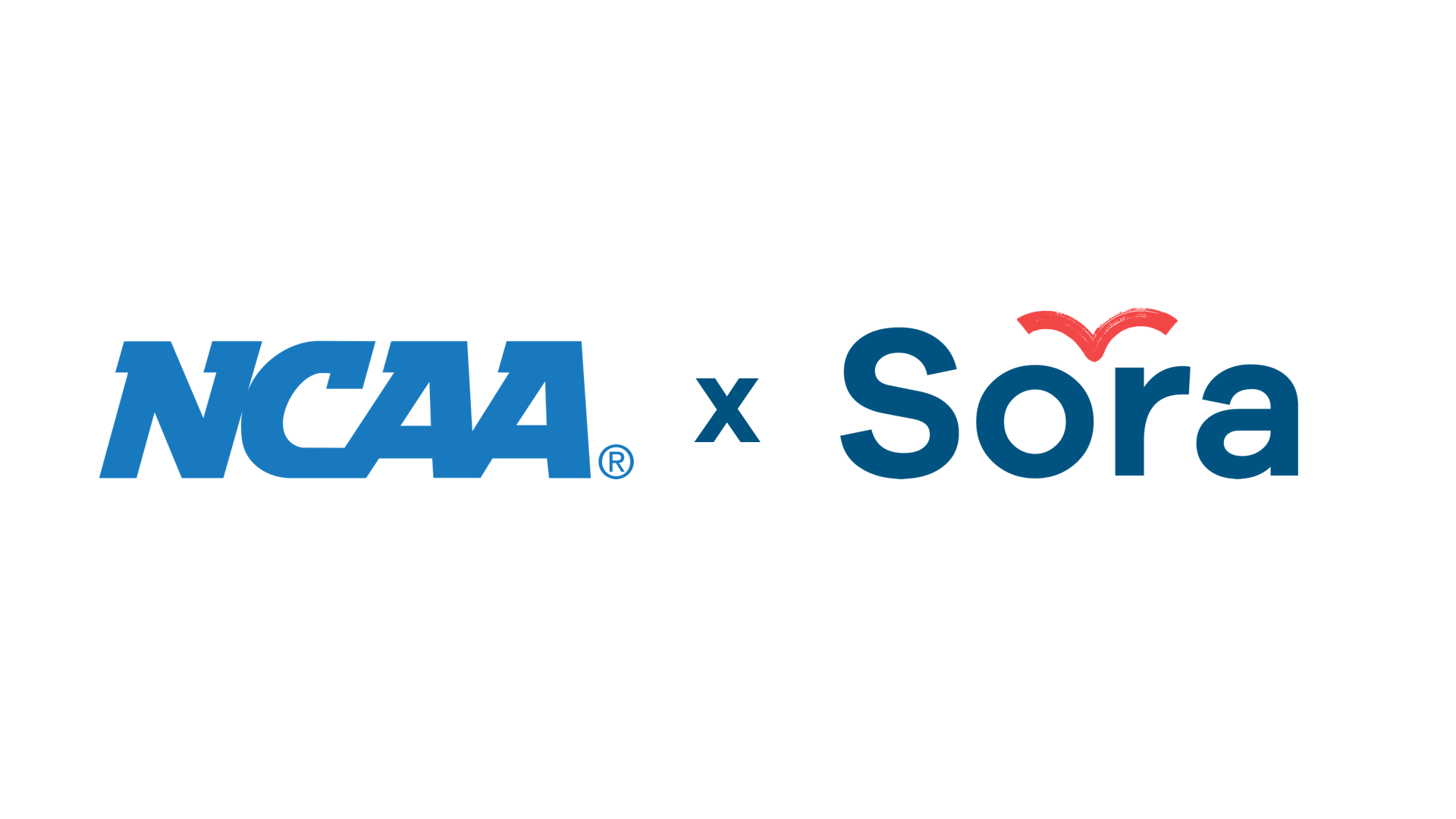Student-centered learning is an approach to education that focuses on the needs and interests of the student, rather than the teacher or the curriculum. In this blog, we will explore what student-centered learning is, how it works, and how it can help students, provide six student-centered learning examples, and briefly explain each.
What Is Student-Centered Learning?
Student-centered learning is a learner-centered approach to teaching that places the student at the center of the learning process. It is based on the idea that students should be actively involved in their learning and that education should be tailored to meet their individual needs. This approach encourages students to take responsibility for their learning and to develop the skills and knowledge they need to succeed.
How Does Student-Centered Learning Work?
Student-centered learning is based on the idea that students should be active decision-makers their learning process. This means that students are encouraged to take an active role in setting their own learning goals and in determining the best way to achieve them.
This approach also involves providing students with a variety of learning experiences and resources, such as student-centered activities, real-world projects, and online resources. Additionally, student-centered learning encourages students to reflect on the learning process and develop their understanding of the material.
How Can Student-Centered Learning Help Students?
Student-centered learning can help students in several ways. One of the most significant benefits is that it can increase student engagement and motivation. When students are actively involved in their learning, they are more likely to be motivated and engaged in the material.
Student-centered learning can also help students develop a deeper understanding of the material and develop critical thinking skills. Furthermore, this approach can also help students develop self-directed learning skills and become more independent learners.
Examples Of Student-Centered Learning
Project-Based Learning
Project-based learning is a learner-centered teaching method in which students are engaged in real-world projects that require them to apply their knowledge and skills to solve a problem or answer a question.
This approach allows students to take an active role in their own learning and to apply what they have learned to real-world situations. Project-based learning also encourages students to work in teams, which can help them develop collaboration and communication skills.
Inquiry-Based Learning
In this student-centered teaching method, students are encouraged to ask questions and explore their interests. This approach involves providing students with a question or problem and then allowing them to research and explore the answer.
Inquiry-based learning encourages students to take an active role in their learning and to develop critical thinking skills. This method also helps students to develop their understanding of the material and to make connections to real-world situations.
Self-Directed Learning
Self-directed learning is a student-centered teaching method in which students are encouraged to take responsibility for their learning. In this approach, students are provided with the resources and support they need to set their own learning goals and determine the best way to achieve them. Self-directed learning can help students develop self-directed learning skills and become more independent learners.
Flipped Classroom
The flipped classroom teaching method involves providing students with pre-recorded lectures and materials before class. This enables students to review the material at their own pace & to come to class prepared to engage in discussions and activities.
Differentiated Instruction
Differentiated instruction is a student-centered teaching method designed with a student-centered curriculum tailored to meet the individual needs of each student. Students’ strengths and weaknesses are assessed and they are then provided with instructions that are tailored to their specific learning style. Differentiated instruction can help students to develop a deeper understanding of the material and to work at their own pace.
Game-Based Learning
In the game-based learning method, students learn through playing games. This approach allows students to take an active role in their own learning and to apply what they have learned to real-world situations. Game-based learning also encourages students to work in teams, which can help them develop collaboration and communication skills.
In summary, student-centered learning is an approach to education that places the student at the center of the learning process. It is based on the idea that students should be actively involved in their learning & that education should be tailored to meet their individual needs. This approach can help students to develop a deeper understanding of the material, critical thinking skills, and self-directed learning skills, and become more independent learners. The six examples of student-centered learning discussed above are just a few ways this approach can be implemented. By providing students with a variety of learning experiences, resources & opportunities for self-directed learning, educators can help students to achieve their full potential.








